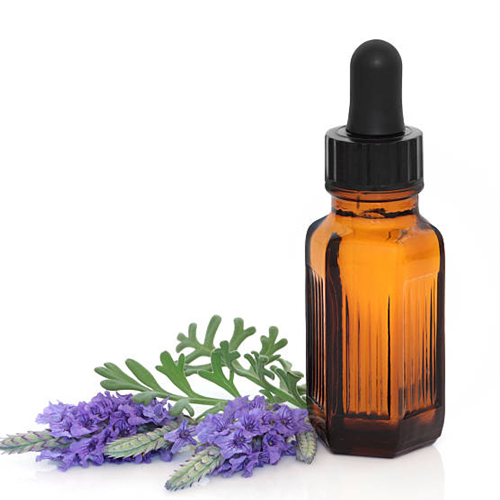
Botanical Name : Rosemarinus Officinalis L.
Plant Part : Herb
Extraction : Steam Distillation
Origin : India
Product Description:
An evergreen shrub with numerous branches; ash-colored scaly bark and leathery, thick leaves, which are lustrous and dark green above, and white underneath.
Product Color:
Pale yellow.
Common Uses:
Its best-known use is as facial oil for extremely dry skin. It is less stimulating generally and much less of a mental stimulant, so it can be used in the evening. Rosemary essential oil nourishes the scalp and keeps hair looking healthy and shiny. Many users claim that it promotes hair growth, though there is not any medical evidence to support this argument. It normalizes excessive oil secretions and improves most scalp problems, particularly dandruff and seborrhea. Rosemary oil is also helpful in treating cellulite. This essential oil balances intense emotions and controls mood swings. It lifts spirits and counters depression. It assists in managing stress and overcoming stress-related disorders and nervous exhaustion.
Blends Well With
Rosemary French blends well with basil, bergamot, cedarwood, frankincense, ginger, lemon, orange and peppermint
History
Because it grows in proximity to the sea, it’s name means Dew of the Sea. It’s leaves were traditionally burned in hospitals to purify the air. Rosemary was used as incense by the ancient Romans and according to legend, Mary sheltered the baby Jesus under a rosemary bush.
Caution:
Generally non-toxic and non-sensitizing. Not suitable for people with epilepsy or high blood pressure. Avoid in pregnancy since it is an emmenagogue. Might antidote homeopathic remedies.











